OVERVIEW OF QUESTIONS AND ANSWERS SERIES
July to December 2005
| July | August | September | October | November | December |
July 2005
July 2005 (Part 1)

In our school, we do not regard Shaolin Kungfu or Wahnam Taijiquan as our life. Although we are dedicated to our Shaolin or Taijiquan training, we are fully aware that there are many other things more important. For example, if you are a student and have just enough time either to practice kungfu or do your homework, you should do your homework. If you are a husband and have just enough time either to practice kungfu or go for a walk with your wife, you should go for a walk with your wife. If you are a father and have just enough time either to practice kungfu or play with your children, you should play with your children.
Click here to enter.
July 2005 (Part 2)
What I have learnt from these two of the greatest masters is not just kungfu but how to have good health, mental freshness, vitality, compassion, cosmic wisdom, and a rich, meaningful life that is rewarding for myself, my family, my students and other people. My school, Shaolin Wahnam, was named after them.
Click here to enter.
July 2005 (Part 3)
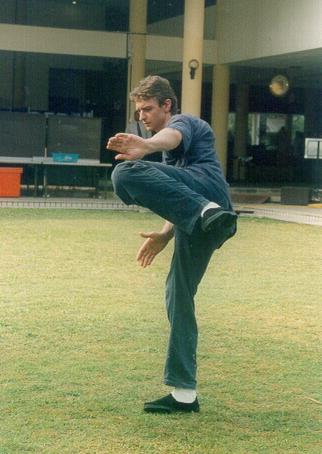
All martial arts require force. Without force, combat could not be efficient. Most martial art practitioners acquire force by external means, like punching sand bags, striking poles and lifting weights. Those who practice genuine Shaolin Kungfu, genuine Taijiquan and other forms of genuine internal arts acquire force by internal means, mainly through various methods of chi kung training.
Click here to enter.
August 2005
August 2005 (Part 1)
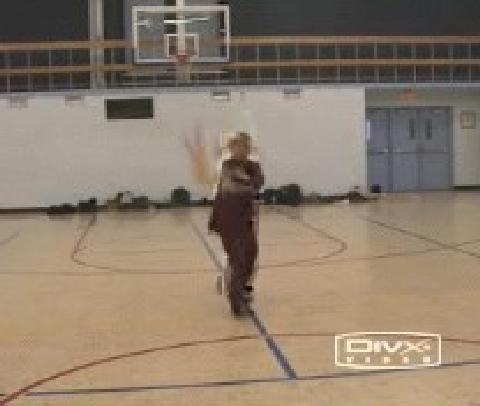
Staff spinning is an effective technique for keeping opponents at a distance. The spinning techniques can also be used to position the staff for openings. There are also other martial functions. But most people who perform staff spinning today have missed the martial functions, and perform it simply for sport and exercise
Click here to enter.
August 2005 (Part 2)
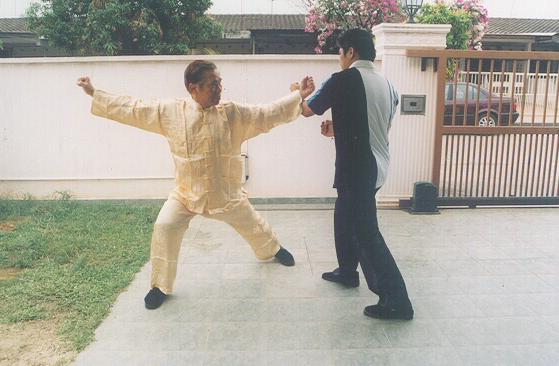
The ultimate stage of spiritual cultivation is Enlightenment. In some cultures it is called Returning to God or Merging with the Supreme. Depending on many factors, the time taken to progress from the beginning stage to the ultimate stage, i.e. from Right Understanding to Enlightenment, ranges from an instant, as in the case of some Zen monks, to countless lifetimes, as in the case of most people. But there is no need to rush. What is important is that you realize and enjoy your spiritual journey, as you are doing now.
Click here to enter.
August 2005 (Part 3)
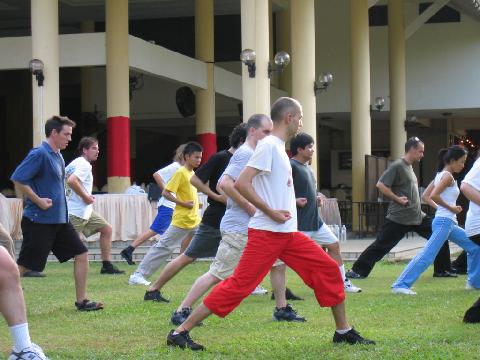
There are two crucial differences regarding the Bow-Arrow Stance practiced in Shaolin Wahnam and that practiced in many other schools. One, our front and back feet are in line, whereas in many other schools they are about half to one shoulder's width apart. Two, both our front and back feet are hooked in about 45 degrees, whereas in many other schools the front leg points directly in front and the back leg points horizontally to the side. We have found from direct experience that performing rhe Bow-Arrow Stance the way we do in Shaolin Wahnam enhances not just our combat application but also our force training as well as other aspects like stability, agility, waist flexibility and co-ordination between our upper and lower body.
Click here to enter.
September 2005
September 2005 (Part 1)
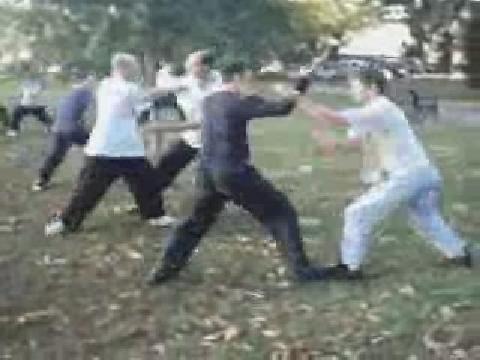
While there are much aggressive feeling and injuries sustained in sparring in most martial art schools today, in Shaolin Wahnam even in sparring there is much laughter and comradeship. Laughter is a clear indication of opening the heart to set our spirit free, which naturally contributes to spiritual cultivation. Even after sparring for a few hours, we are still fresh and energetic, which is obvious that this contributes to good health.
Click here to enter.
September 2005 (Part 2)
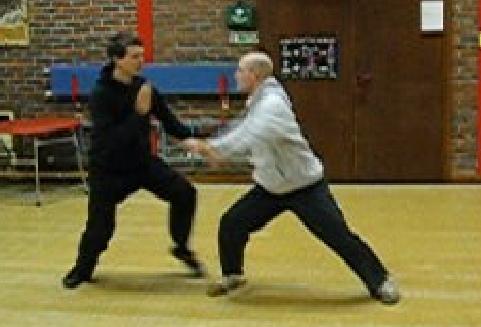
In Shaolin Wahnam we use "insight learning". It is extremely cost-effective. For example, we do not start by learning particular kungfu sets, but we start by learning the fundamentals of kungfu. Once we have done this, we can learn a kungfu set in one or two days, whereas those who use "route learning" will normally take three to six months. Not only we learn much faster, we also understand the set better and are more effective in its performance and application. We understand, for instance, why patterns are linked together in a particular way, are able to perform the set fast and forcefully without panting for breaths, and can apply the patterns for various combat situations.
Click here to enter.
September 2005 (Part 3)
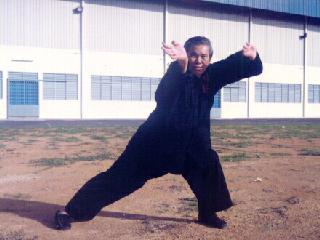
Our phenomenal world is an illusion because different beings see the “same” world differently. What is a table to you may be a whole universe to a bacterium found in it. A fairy who exists at the same place and time but in a different dimension may not see the table at all and floats past it. If the world were objectively or absolutely real, all beings would experience it the same way.
Click here to enter.
October 2005
October 2005 (Part 1)

Yang Style Taijiquan is generally practiced slowly for health whereas Wahnam Taijiquan is often fast with emphasis on martial application. When someone sees a performance of Wahnam Taijiquan, he may mistake it for Shaolin Kungfu, although the performer does not use muscular strength and is flowing in his movement. On the other hand, few people would mistake Yang Style Taijiquan as Shaolin Kungfu due to its soft, graceful forms.
Click here to enter.
October 2005 (Part 2)

But today many people do not practice Hoong Ka as well as other kungfu styles traditionally. The practice of Hoong Ka as well as other kungfu styles today can be classified into two broad categories -- those who practice only the external forms with no combat application, and those who use other martial techniques, particularly from Karate and Kick-Boxing, for their combat application.
Click here to enter.
October 2005 (Part 3)
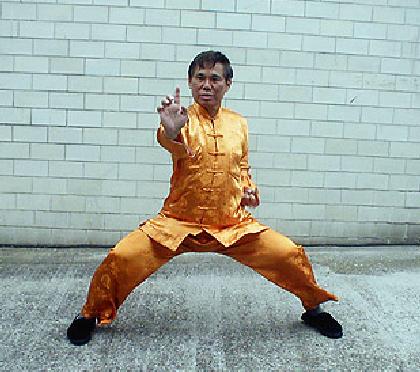
The two main items in the Intensive Taijiquan Course are internal force training and combat application. This means that a course participant will be able to defend himself (or herself) during the course itself. If he practices what he has learnt daily for a year, he should be able to handle a Black Belt in Karate, Taekwondo or Judo with well.
Click here to enter.
November 2005
November 2005 (Part 1)

What is more alarming is that even world known kungfu masters explicitly say that kungfu forms cannot be used for fighting! Equally alarming is that although it is obvious even to non-martial artists that what they use in sparring is Boxing, Kick-Boxing, Karate or Taekwondo, the kungfu practitioners themselves, including masters, stubbornly insist that theirs is authentic kungfu passed down from past masters. As these practitioners are the majority, they form the main stream of kungfu today, and they hold important positions in national and international kungfu organizations.
Click here to enter.
November 2005 (Part 2)
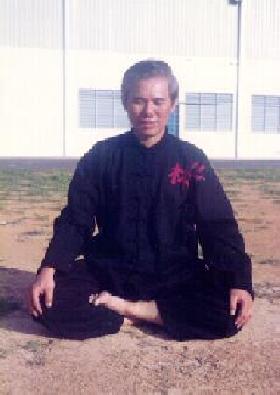
To have good spiritual roots mean to be aware of spiritual cultivation and have some knowledge or experience of cosmic reality. A person with good spiritual roots realizes that he is not just a physical body, but that he is a soul or mind, and that he needs to cultivate his soul or mind. He knows that his soul or mind is an integral part of the Universal Soul or Universal Mind, referred to God in Western culture or the Spiritual Body of the Buddha in Buddhism. He may have glimpse of this Universal Soul or Universal Mind.
Click here to enter.
November 2005 (Part 3)
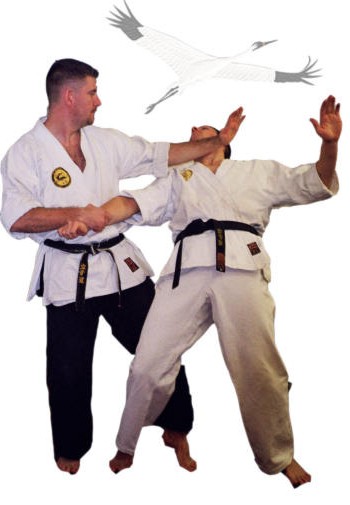
All martial arts should be combat arts, but interestingly today this is not so. In fact most martial arts today have lost their combat function, and have degraded into demonstrative forms or gymnastic exercises.
Click here to enter.
December 2005
December 2005 (Part 1)

It may be helpful for you, and many people who love to intellectualize like you, to appreciate the crucial differences between studying Zen and practicing Zen. Many people, especially in Western societies, are confused between studying and practicing. They often think that to practice an art, any art, is to study it. A crucial difference is that studying involves the intellect, whereas practicing involves direct experience. Another difference is that studying involves learning new material, whereas practicing involves going over and over again material that you already have.
Click here to enter.
December 2005 (Part 2)
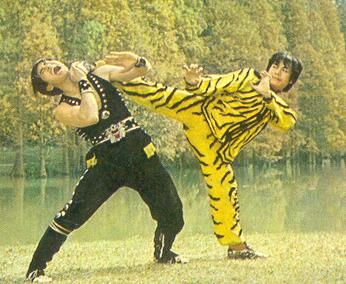
In view of so many people asking me information about learning traditional kungfu, Shaolin and otherwise, .in China, it is pertinent to know that because of various reasons traditional kungfu is an exception not the norm in China today. What is generally taught in China today is modern wushu, which is different from traditional kungfu. The mis-information about martial art in China is made more confusing by the fact that in the Chinese language, kungfu is called “wushu”, but it is practiced not as a martial art but as a demonstrative sport. Neither combat application nor internal force training, which are two essential aspects of great kungfu like Shaolin and Taijiquan, are not practiced in modern wushu.
Click here to enter.
December 2005 (Part 3)
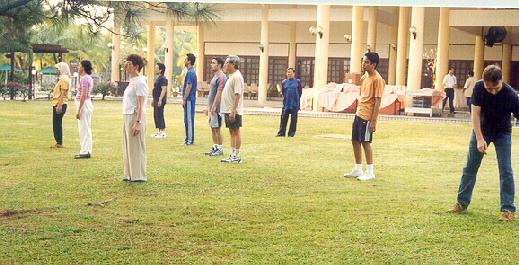
The best way is to learn from the greatest teacher who teaches enlightenment, i.e. the Buddha himself. The Buddha has very kindly made understanding simple for us by summarizing the way to enlightenment into three steps
- Avoid all evil
- Do good
- Cultivate the mind
Click here to enter.
